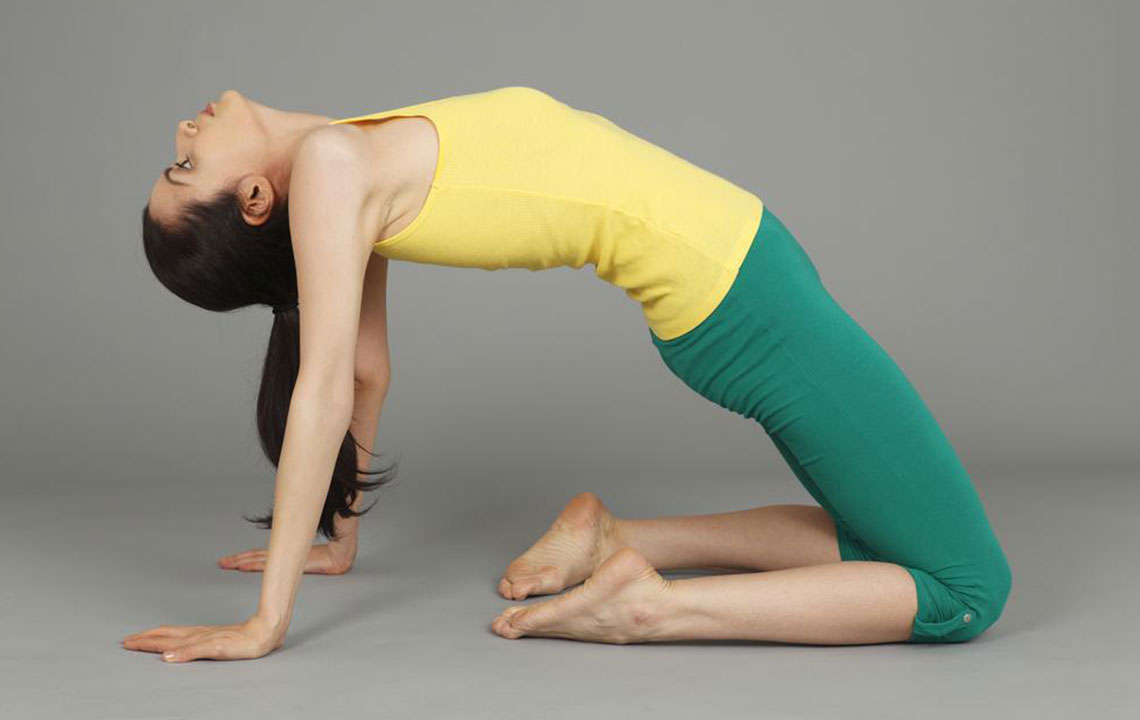Essential Postpartum Fitness Tips for New Moms
Recovering postpartum and returning to fitness requires patience and care. This guide offers seven essential tips for new moms, including gradual exercise, listening to your body, and maintaining proper hydration. Focus on gentle workouts like walking, assessing pelvic strength, and prioritizing rest to ensure a healthy recovery. Breastfeeding considerations and avoiding overexertion are emphasized. With mindful practices and patience, new mothers can safely regain their fitness levels and enjoy a balanced postpartum journey.

Essential Postpartum Fitness Tips for New Moms
Important tips to keep in mind when resuming exercise after childbirth
Returning to fitness after giving birth requires patience and realistic expectations. Every woman's recovery timeline varies, so there's no fixed period to start exercising. Listening to your body is crucial—begin only when you feel truly ready. To support your postpartum journey, here are seven vital tips to consider:
Ease into exercise gradually
Your body needs time to heal from childbirth, so avoid overexertion initially. Gentle activities like walking are excellent starting points. Begin with a five-minute walk, gradually increasing duration and pace. Stop if you experience pain, bleeding, or discomfort. Avoid strenuous activities or stroller walks in the early days. Incorporate light stretching and post-pregnancy classes after about a month of comfortable activity.
Postpartum fitness and breastfeeding
If you are breastfeeding, exercise should be approached with caution. It takes a few weeks for milk supply to stabilize postpartum. Your body sheds excess fluids during the early days, supporting recovery. Once breastfeeding stabilizes, you can start light activities. Eating nutritious foods is essential to support both your recovery and milk production.
Explore various gentle exercises
You don't need to enroll immediately in fitness classes; simple activities like walking and low-impact cardio are beneficial. Swimming is an excellent option—it's gentle on joints and strengthens core muscles. High-impact cardio should be avoided initially, as it can strain your body and pelvic floor. Focus on enjoyable, low-impact workouts to stay active safely.
Assess your pelvic floor strength
If your pelvic floor is weak, avoid exercises that put pressure on it, such as crunches and certain abdominal workouts. These can hinder healing or cause issues. Kegel exercises are highly recommended for strengthening pelvic muscles and should be incorporated early in your postpartum fitness routine.
Monitor bleeding and recovery
Pay close attention to signs from your body. If bleeding intensifies after physical activity, it indicates more healing time is needed. Don't rush back into strenuous workouts until bleeding has stopped and recovery has progressed sufficiently.
The importance of rest
Balancing exercise with adequate rest is vital. Ensure you get enough sleep and take time to relax after workouts. Rest helps your body recover and recharges energy levels, especially if you're feeling drained or exhausted. Never overlook the importance of relaxation during postpartum recovery.
Stay well-hydrated
Hydration is essential, particularly if you're breastfeeding. Drink water consistently throughout the day instead of gulping large amounts at once. Proper hydration supports recovery, energy levels, and milk production.










